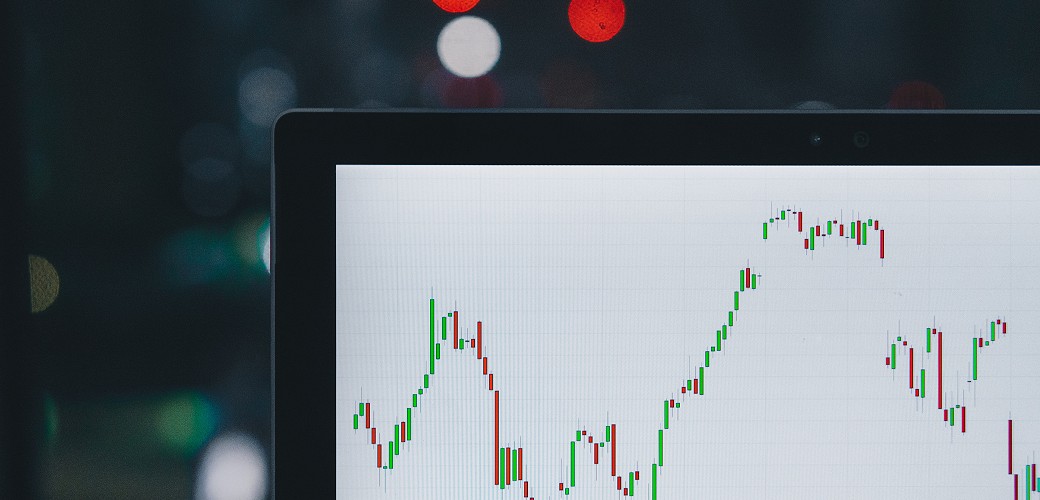Often in the UK, renewable energy generating stations produce more electricity than they can consume onsite. As a result, the renewable energy generator/operator exports the excess electricity from the technology – for example, their wind turbine, solar photovoltaic (PV) panels or hydro turbine – to the grid.
This exporting of excess electricity is generally managed via a Power Purchase Agreement (PPA), whereby a licenced electricity supplier offers the renewable energy generator a price for their exported electricity, usually in the form of a 12 – 24-month contract.
Fixed-rate versus variable-rate tariffs
The amount of money received for exporting electricity back to the grid depends on the PPA you chosen with the electricity supplier. Most suppliers will typically offer a contract to pay a guaranteed fixed rate of income for every kilowatt-hour (KWh) exported back to the grid, over the course of a specific time period – often a year. However, this price can vary greatly depending on the time of year it is requested and the supplier itself.
Another option for generators is a variable-rate export tariff. This is a changeable figure that is paid for exported energy, based on live market rates. Unlike a fixed-rate PPA, this is not a guaranteed fixed rate of income.
Factors that affect the price of electricity
A variable rate PPA enables a renewable energy generator to benefit from any price spikes in the market, but it also means they could face price drops. Electricity pricing depends on a wide range of factors, including:
- The amount of electricity generated through gas in the UK
This is currently around 44% according to some estimates. Coal is another means to generate electricity in the UK in addition to renewable energy sources.
- Supply and demand
When the demand for electricity increases, so does the price. In the event of extremely cold weather, this will likely drive the price up as there will be a strain on gas reserves and the cost of producing electricity using coal. With the need for more heat and light during wintertime, there is higher demand, which leads to a higher price.
- Currency fluctuation
This can affect both gas and electricity prices, as a large proportion of gas in the UK comes from Europe. With gas prices having a direct link to the price of electricity, so does the strength of the pound against the euro. A stronger pound will lead to being able to buy more gas. A weaker pound usually results in higher prices.
- When the wind blows
Windpower equates to around 20% of the UK’s power needs. If the wind doesn’t blow, there is a higher reliance on natural gas to make up the shortfall – leading to increased prices. The wind is intermittent, so it tends to be a reactive and volatile market.
- Carbon pricing
This is the practice of placing a figure on carbon pollution and is designed to bring down emissions and drive investment in cleaner technologies and more sustainable practices. Under the EU Emissions Trading System, only certain heavy industrial businesses are required to pay the carbon price. This list of businesses includes power companies, who pass the cost of carbon down the supply chain to individual homes and businesses which result in higher bills for everyone.
If you’d like to secure a new PPA, get in touch with our team on info@zevonenergy.com for more information.
